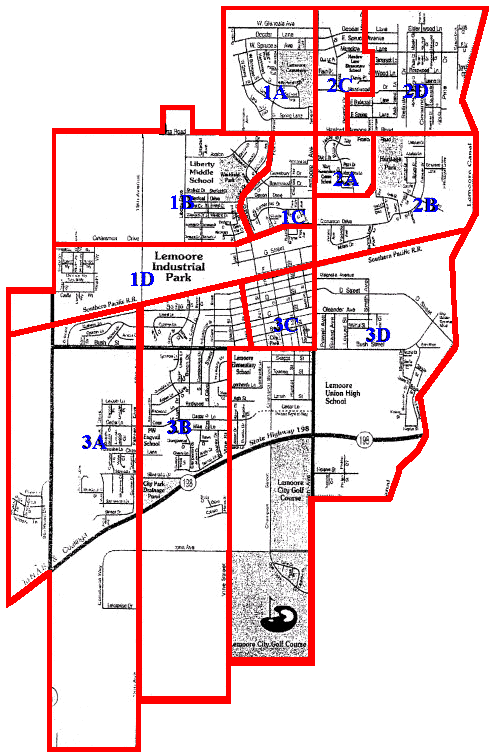COMMUNITY ORIENTED POLICING
Crime remains among the top concerns of Americans, and to fight it, cities and counties across the nation are turning to community policing. Community policing is a strategy that builds on fundamental policing practices with an emphasis on crime prevention and lasting solutions to problems. It requires new resolve from citizens and new thinking from police officers.
Community policing has been shown to reduce crime and fear, while restoring a sense of order. But it also can rebuild the bond between citizens and government. Police officers, as public servants who interact with citizens on a daily basis, have a unique opportunity to demonstrate the importance of citizen involvement in the community. In turn, they realize that their authority and effectiveness are linked directly to the support they receive from citizens. When fully embraced, community policing is democracy at its best.
THE CHIEF'S PLAN
Sworn officers will become more directly involved with their individually assigned neighborhoods. The City of Lemoore has been divided into three districts based on the distribution of population, traffic accidents, and crime.
District 1 will be north of the railroad tracks and west of Lemoore Avenue.
District 2 will be to the northeast.
District 3 will cover the whole territory south of the railroad bed.
Each District will be further divided into four grids with an individual officer responsible for establishing District crime patterns, assess the resources (for both the police and the community) and develop their programs to better implement the plan. The Lemoore District Map can be found lower on this page.
PARTNERSHIPS WITH THE COMMUNITY
Community policing entails the full cooperation of citizens and community groups. Citizens actively work with police officers to identify and understand the most pressing problems in the community and devise solutions together. Through community meetings, citizen surveys, analysis of citizen complaints, and conversations with residents, officers and deputies learn what issues concern neighborhood residents most. This information enables officers to better respond to the needs of the community.
COMMUNICATION
Under community policing, citizens may volunteer their time and services to assist the police. They may attend meetings with police officers to brainstorm solutions to a recurring problem, or they may find themselves assisting other government agencies providing community services. Partnerships can boost the public’s confidence in law enforcement and foster mutual respect.
PROBLEM SOLVING
Problem solving, another major component of community policing, encourages officers and citizens to look beyond surface issues in dealing with crime to find lasting solutions. Community policing officers collect information from a variety of sources to help identify patterns leading to recurring crimes. Then they work with citizens to set priorities and develop tailor-made responses.
ORGANIZATIONAL TRANSFORMATION
Finally, community policing requires an organizational transformation inside a law enforcement agency so that a set of basic values not just rules guides the delivery of services. These values emphasize employee participation in planning, open communication, and excellence in the delivery of services to the public. Then this change in thinking must be adopted by other government agencies and the community itself.
Call (559) 924-9574 for more information about Community Oriented Policing.

